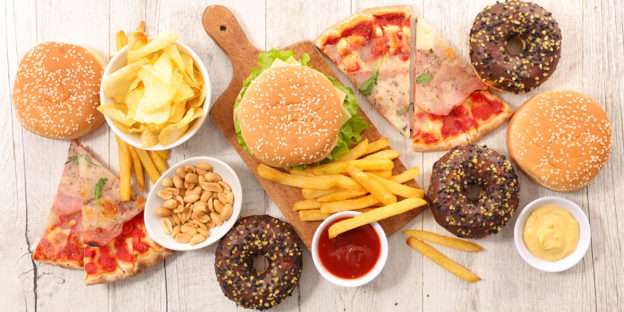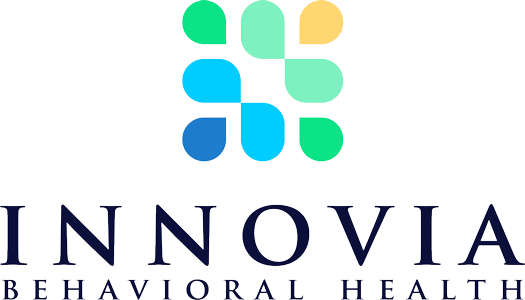When you think of “street drugs,” more than likely the first thing that comes to mind is illegal ones such as heroin. These aren’t the only types of drugs being sold by dealers. Prescription drugs are making their way from medicine cabinets to the street, where they are being sold to users who never had a prescription for them initially. This is not an uncommon practice; however, it has now expanded to include medications normally prescribed to treat drug addiction itself.
Buprenorphine on the Streets
Suboxone is a brand name for one of the addiction treatment medicines used to treat patients for opioid abuse. Another brand name is buprenorphine. Both of these medications contain opioids. They are normally given under a doctor’s orders as part of a medication-assisted treatment program (MAT) that includes counseling with a licensed alcohol and drug counselor or a therapist with experience in this area of practice.
Instead, they are being sold along with drugs designed to give users a “high.” Many people are looking for Suboxone through these channels to try to protect themselves from an opioid overdose. They may also be wanting to get off opioids and are looking for Suboxone to make the withdrawal process easier. Some users try to put together enough of the medication so that they can try to treat their substance abuse issue on their own, which is never a good idea.
One of the Worst Opioid Crisis Cities in US
In Philadelphia alone, more than 1,000 people are dying from drug overdoses annually. This figure pushed the City of Brotherly Love into the dubious category of being the large city with the worst opioid crisis in the US.
In response, city and state officials have taken measures to get more people into drug treatment programs. Along with eliminating the requirements for having insurance company pre-authorizations and having identification, they have set up mobile treatment centers where doctors are issuing prescriptions for Suboxone to patients on the street.
Treatment is still an expensive proposition for those who don’t have Medicaid or private health insurance coverage. People who have lost their health insurance due to a job loss may find themselves at a disadvantage. Some of them bought Suboxone on the street to get off heroin on their own. This is a less expensive option than paying to see a doctor and seeking professional help.
Sources:
https://www.inquirer.com/health/opioid-addiction/suboxone-black-market-kensington-philadelphia-overdose-treatment-20200203.html
https://www.mayoclinic.org/diseases-conditions/prescription-drug-abuse/diagnosis-treatment/drc-20376818
https://www.samhsa.gov/medication-assisted-treatment
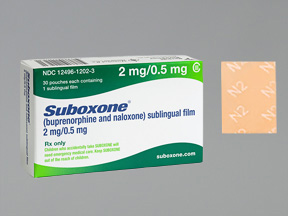
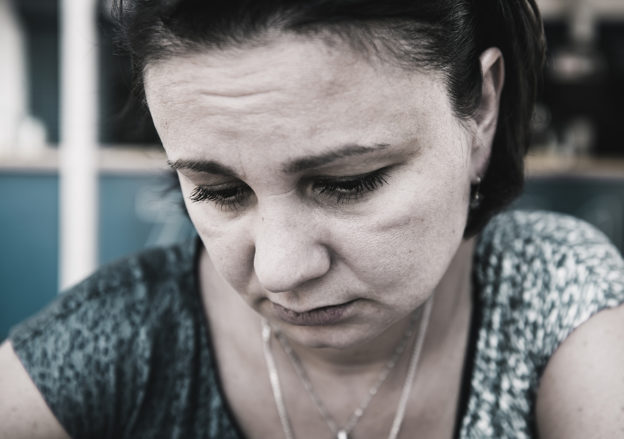


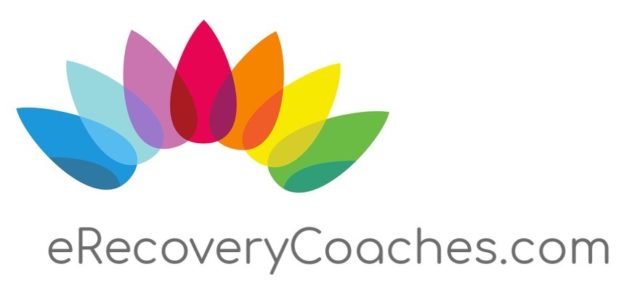
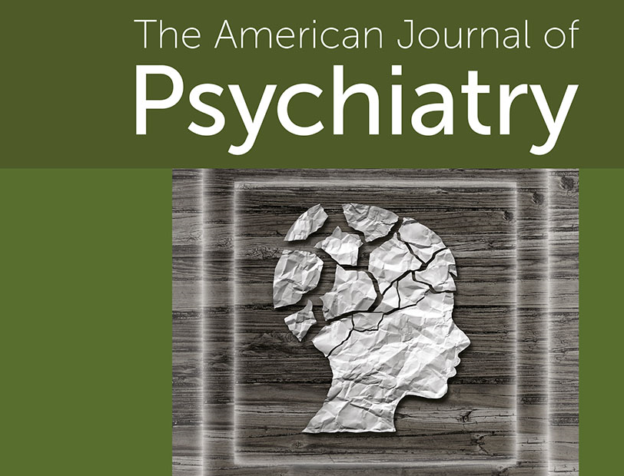
 Ketamine is an anesthetic that is used for human and veterinary purposes. It is a dissociative drug, which means its use can cause a distortion of sights, sounds and colors. While under its influence, a person may also misinterpret himself or his environment.
Ketamine is an anesthetic that is used for human and veterinary purposes. It is a dissociative drug, which means its use can cause a distortion of sights, sounds and colors. While under its influence, a person may also misinterpret himself or his environment. 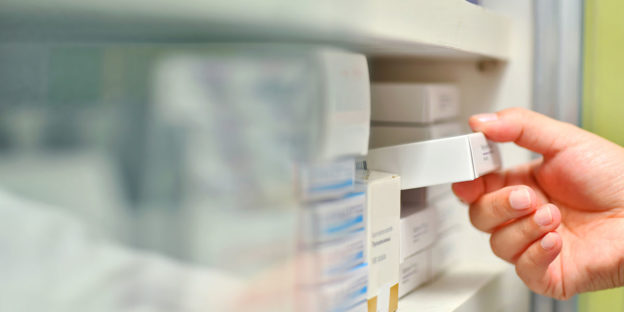
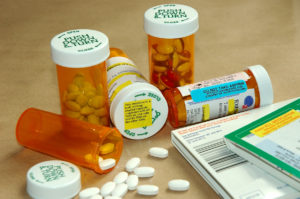 Prescription opioid pain medications aren’t the only drugs being abused by Americans. Over the counter (OTC) preparations are also falling into that category.
Prescription opioid pain medications aren’t the only drugs being abused by Americans. Over the counter (OTC) preparations are also falling into that category. 